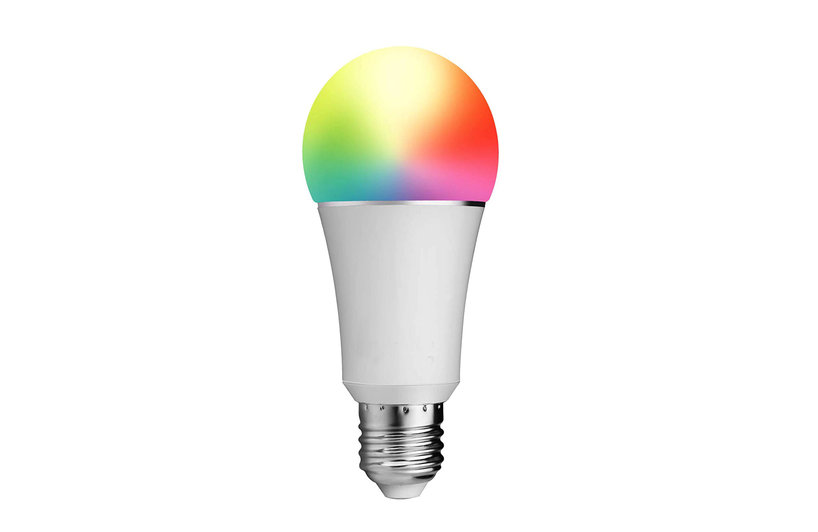The MST Reader is a series of overviews of interesting and timely topics that affect our world.
The MST Reader: The Internet of Things
Some technological shifts are flashy and happen quick; others, though, can be well under way before we understand how deep we are in the changes, or how vast their implications will be.
The idea of “The Internet of Things” (IoT) has been around since at least 1999, when Kevin Ashton used the term in an article in the RFID Journal, in which he imagined all the data that could be generated if everyday objects could be tagged with RFID chips. Since then the term has grown to encompass what could be a major new era of the Internet.
In the beginning, the Internet was fairly centralized: people reading websites created and curated by other people and organizations. As social media blossomed, our online interactions became more person-to-person, and far less about reading articles on websites — instead, we exchange pictures, quotes, blurbs and more atomic forms of information across various platforms, from smartphones to laptops, from wherever we are at the time.
But now we also have devices that talk to each other, and to us. Now, the Internet can be person to person, or person to machine, or machine to machine. Ever more inexpensive microprocessors and ever more readily available Internet access make it affordable to embed Internet connectivity in everything from doorbells to light bulbs. Many consumer device manufacturers balk at building a hardware interface with individually manufactured buttons and dials, when a smartphone app and a chip can do the job instead.
It represents a steady march toward the digitization of our world, where everything that exists physically, at least in our human world, will have some digital representation online: every house, every appliance, every person and pet.
There are nearly endless possibilities for improving efficiency when everything is tracked and measured precisely, and that translates into business opportunities for whichever companies can harness that. Optimizing supply chains, energy use, and more deeply understanding customer behavior patterns are just the tip of the iceberg.
The access to this big-data information could have vast public health and general public good effects, as well. During the early days of the COVID-19 pandemic, smart thermometer data was used to correlate fever hotspots with the disease’s spread.
Just as the potential opportunities of a connected world are enormous, so are the possible pitfalls. Botnets have been built using IoT devices, and some have had huge consequences, such as the Mirai botnet that launched DDoS attacks across the web in 2016. An individual IoT device can seem harmless enough, and may lack rigorous security or the ability to be remotely patched — that might be fine, until it’s hacked and then made part of a global malware engine.
Likewise, hacked IoT devices or poor privacy policies could change the way we think about privacy — eventually, when all our motions, sounds and activities are monitored, we might forget we ever had any.
Further viewing:
How Dangerous are IoT Devices?
